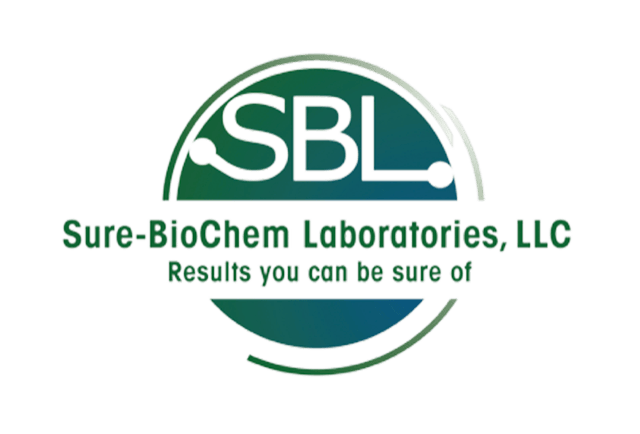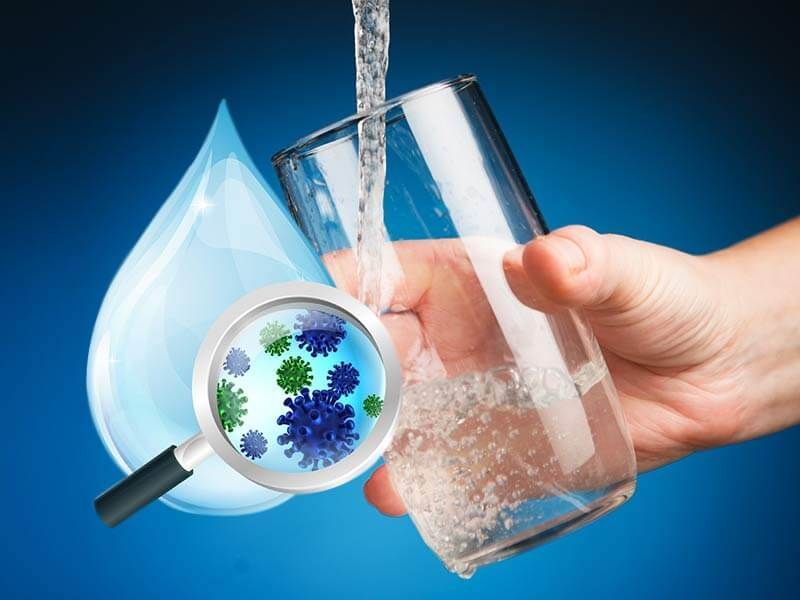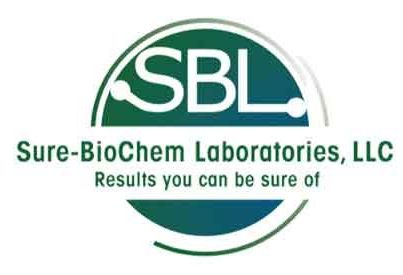The USP Testing Specifications Master Guide
USP stands for the United States Pharmacopeia. USP is a non-profit organization that developed standards to test products during development to ensure that they don’t pose a risk to users.
What is USP testing? USP testing specifications include checking for sterility, bioburden, and endotoxin. These predetermined processes are used by a collection of industries in the country.
Some USP testing methods consist of standards that make it universally beneficial to develop safe products. The two most common sterility tests are USP 61 and USP 62, which focus on identifying and calculating any microbial contaminants in the product.
What Are USP Testing Protocols?
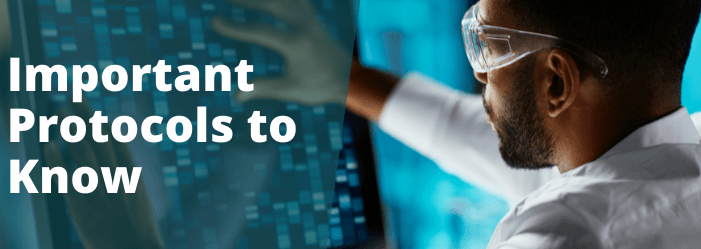
Making sure that products are USP compliant isn’t an easy process. It intertwines with different government organizations to ensure that the public is properly protected.
Sure-BioChem labs stays up to date with
current USP guidelines
, so it may help to learn more about how you can get help with your medical production.
The FDA oversees this process to put medical products through vigorous testing before they are distributed to the public. Content uniformity is one of the biggest tests which involves selecting multiple capsules at random and analyzing them for quality control.
It is an unfortunate reality but sometimes USP testing specifications are illegally avoided by companies or unincorporated distributors. While some of these products may seem safe, the producers are essentially evading scientific testing and these medical products should be avoided.
The USP reference standard is designed to protect us from untested products in the medical world.
How products are examined in the U.S
For medical devices and health-related products, USP 61 and USP 62 are the most common USP testing methods used to examine products during development.
These two methods are very similar, but have some slight differences based on the objective.
USP 61 relates to microbiological enumeration of non-sterile products and tests for contaminants inside a product.
USP 62 is the microbiological examination of non-sterile products. This sterility test specifically tests for the presence of yeast, bacteria, or viruses.
Hiring a team of experts to help with your
microbiological analysis
could be the right move for lot release testing and product validations.
Combined, these two examination methods ensure that medical products are USP compliant and that no organisms may grow within the item.
Protecting the public
Medical products can be highly volatile and dangerous to the public which is why USP testing specifications are so important.
Essentially, without organizational standard testing, products would be sold without any real proof that they’re safe. It is even more frightening to think that these manufacturers didn’t care enough to test their product, yet are still willing to profit off of it.
Health Europa
does emphasize that not every medical product needs to receive FDA approval or be USP compliant, so products without these labels should be used with extreme caution.
USP Medicine Quality Standards
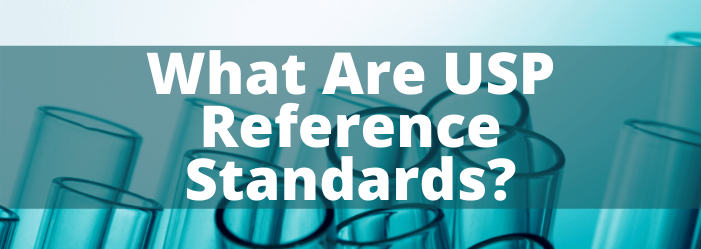
The United States Pharmacopeia includes over 5,000 quality standards for different types of chemical and biological products. USP reference standards observe both active and inactive ingredients.
To reiterate, many products around the world choose to abide by USP medicine quality standards and aim to be USP compliant to increase the odds of customers trusting their products.
Monographs
There are three types of quality standards used for prescription medicine. This includes monographs, general chapters, and material reference standards.
Monographs are documents used to articulate the quality expectations for medical products. They help medicine developers answer the question, “What is USP testing?” Monographs also test for things like identity, strength, and content uniformity.
General chapters provide broad information to each industry on the accepted processes and methods they can use for product development. These chapters apply to innovate, generic, and biosimilar production methods.
Material reference standards are the glue that bridges the first two standards mentioned above. They verify that a medicine and its ingredients meet USP testing specifications.
Key Components
Earlier, we talked about the criteria that monographs typically test for. Again, a monograph is a written document that details the quality standards needed by the FDA.
These are identity, strength, purity, and performance.
Identity is a USP testing specification that ensures that the substance is, indeed, the medicine that it claims to be.
Strength tests for the acceptable ranges of potency approved by the FDA.
Purity works like a sterility test that observes any impurities that may be in a medicine. According to the
United States Pharmacopeia
, an impurity is any component in the active pharmaceutical ingredients that exceeds a safety threshold for patients.
Performance tests for how the medicine will be released when it enters the human body.
The development process
Types of USP Testing Specifications
USP 71
USP 71 is a form of sterility testing for medical devices and water. It is possible to produce USP purified water which is directly approved by the organization.
Environmental monitoring
is similar to sterility testing because it is used to test conditions for food, water, and sanitation.
There are three methods for implementing USP 71. They include membrane filtration, direct transfer, and product flush.
Nova Biologicals explains how membrane filtration is the most preferred method, which uses the concept that microorganisms will collect onto the surface of the membrane filter. Then, scientists segment and transfer the test fluid to check for incubation time.
If no yeast or mold appears within 14 days then the product will have passed the sterility test.
USP 85
USP 85 is a bacterial endotoxin testing method. The most used test of this kind is the Limulus amebocyte lysate test.
This involved extracting blood cells from a horseshoe crab by the name of Limulus Polyphemus. The LAL reacts with bacterial endotoxin.
The primary purpose of the LAL test is to apply USP reference standards to parenteral pharmaceuticals and medical devices that come into contact with blood.
Bacteria and
microbial contamination
continue to remain a major threat during the development of medical products. But the LAL test has become a great way to combat this breach in sterility.
USP 2021/2022
USP 2021 and 2022 are mostly used to test for content uniformity within nutritional and dietary supplements as well as water in some cases. This test may also be used to produce USP purified water.
These USP testing methods check for the total number of aerobic bacteria present in nutritional supplements, from raw to completed product. USP testing specifications are typically outlined by the organization in collaboration with the manufacturer.
USP 87, biological reactivity
This test is designed to determine the biological reaction from mammalian cells that come into contact with polymeric materials. Polymeric materials typically include plastic, fiber and polycarbonate.
USP 87 uses various methods to see the biological response of each sample, which can vary depending on the type of polymeric material it comes in contact with.
This test is helpful since medicines are bottled in plastic and come into contact with plastics in hospital settings.
Monograph Testing
World Wide Impact from USP
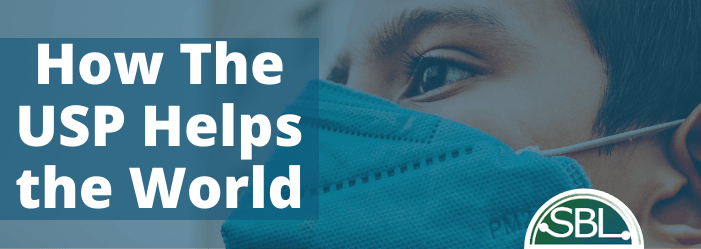
Quality issues affect everyone. It becomes increasingly important to ensure that medicines are USP compliant.
Diseases are beginning to travel faster, drug resistance is growing, and global health issues are on the rise. But USP testing specifications are designed to help curb antimicrobial resistance and protect the people around the world.
A potential superbug through antimicrobial resistance
Antimicrobial resistance causes nearly 700,000 deaths a year, worldwide. It occurs when bacteria begins to adapt to rampant medical treatment and vaccinations. New strains become more difficult to protect against.
Medicine quality is a significant factor for antimicrobial resistance. Medicines with lower doses of active ingredients lead to it.
However, USP testing methods are working to combat this issue through the development of new treatments.
Stopping Covid-19
USP is focused on building society’s trust in the Covid-19 vaccine. USP reference standards are now being developed to ensure the quality of drug ingredients in the finished vaccine.
The organization also offers technical support on issues with vaccine administration and selecting raw materials. USP’s collaboration with public health companies is working to help overcome supply-chain challenges and making sure everyone gets vaccinated.
With the rise of Covid-19, abiding by newly-developed
government regulations
is important to ensure successful project outcomes.
Reinventing quality standards
The United States Pharmacopeia-National Formulary is a document that houses over 6,800 quality standards for medicine, pharmaceutical ingredients, and much more!
The comprehensive list of USP testing specifications stands as one of the best for quality standards and is used by 150 countries worldwide. Now, they are even integrated into laws in various other countries.
mRNA technology
Since the development of the Covid-19 vaccine, mRNA has become a promising solution towards any potential future pandemics. It is proven that mRNA can also cure other diseases like rabies and the Zika virus.
USP testing specifications are working to address this new understanding and accelerate its development to create more helpful vaccines in the future.
British Pharmacopoeia
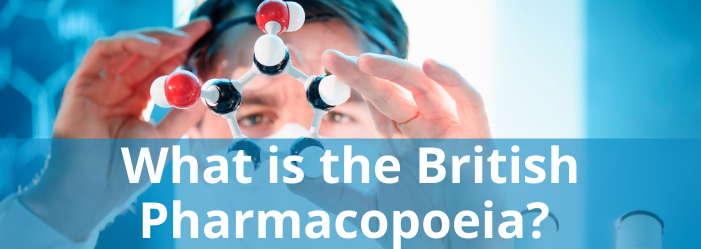
So what does BP quality mean? BP stands for British Pharmacopoeia and it is essentially a publication of reference standards used for medical production by Britain. Although there is a difference between USP and BP, they do correlate in many ways.
The BP provides a comprehensive collection of standards for UK pharmaceutical companies to refer to when developing medicinal products.
It helps ensure compliance when companies are involved in pharmaceutical research, development, manufacture, quality control, and analysis.
Reference standards
British Pharmacopoeia chemical reference substances are standards used to compare substances with each other. These unit packs contain materials that are designed for chemical analysis and tested in laboratories to determine the quality of medical products.
What does BP quality mean and how does it work?.
If any drug product is licensed in a country where BP is the legal standard, then the medical product must stay compliant throughout its entire shelf life. No changes in the ingredients should be made without referring to the standards and receiving an updated pass.
Difference between USP and BP
One big difference between USP and BP is that there are a lot of preliminaries listed in the BP standard. Following the BP monograph is actually required from all pharmaceutical companies to completely omit any production of illegal medicine.
The USP has been known to not legally enforce its standards upon all pharmaceutical companies, which is why third party companies are heavily warned against by USP testing specifications.
Although the monographs for both organizations are similar, for the BP all ingredients used within drug substances must comply with the updated BP monograph.
Partnership formation
After the signing of the Memorandum of Understanding in 2019, the current partnership between the USP and BP grew stronger.
Since the agreement, both the USP and BP experienced improved collaboration and shared knowledge between each other about standards for pharmaceutical production and companies. Both the organization and publication were able to update their monographs accordingly.
Their collective work further ensures the quality of medicines that companies must employ through both USP testing specifications and BP standards. The biggest development from the partnership is that both organizations have committed to create opportunities for staff crossover.
This would be for the participation in events and potential joint working ventures.
The
European Pharmaceutical Review
shares that both organizations believe that the partnership will “better enable [them] to serve the needs of [their] patients and stakeholders across the world and address the future challenges of assuring medicines quality.”
Make Sure Your Pharmaceutical Products Follow Guidelines
As we’ve mentioned, many of the USP testing specifications are enforceable by federal law. The major reason why many countries around the world choose to adopt USP reference standards is because they can help ensure the safety of their medical products.
The various testing methods help check for sterility, biological reactivity, and quality. That is why it’s crucial to make sure your pharmaceutical products follow the appropriate guidelines.
Not only does it keep your company in good standing, but it also takes care of the safety of the public who may use your medical products.
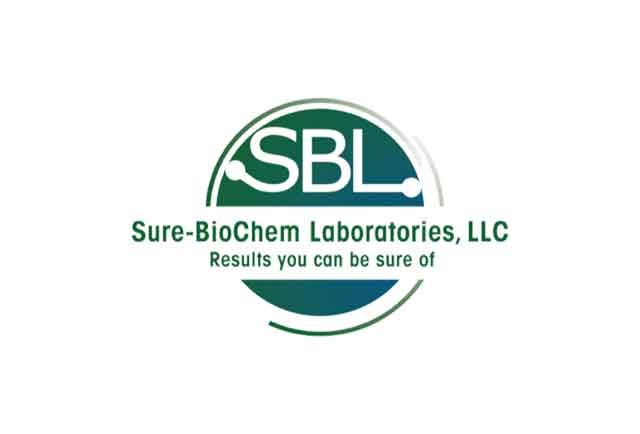
Need Our Help? Fill Out a Service Request Today!
We're here to assist you with all your needs. Please complete our service request form to ensure we provide the best possible service.
It's quick and easy—tell us a little about your request, and our team will reply promptly. We look forward to serving you!
Blog Contact Page

